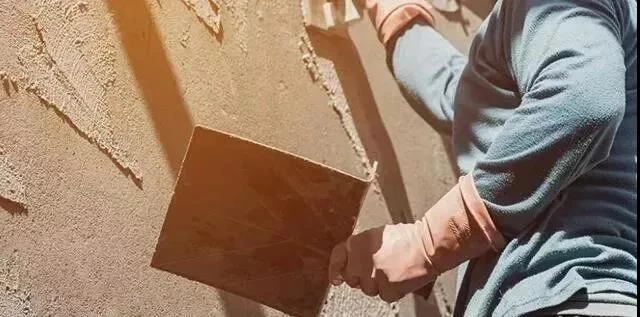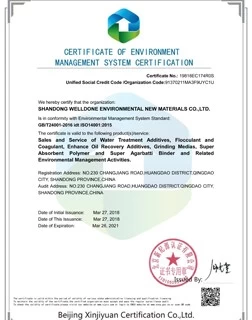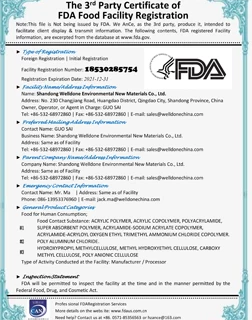Is the higher the water retention of the plaster mortar, the better?
The water consumption of plastering mortar is 290-320kg/m³, and the cement consumption of ordinary plastering mortar is 200-400kg/m³. The main function of controlling the water retention rate of the plastering mortar is to ensure that the water in the mortar is not absorbed by the base layer before the mortar is set and hardened, and the cement in the mortar will not be hydrated due to excessive water loss, thereby reducing the strength of the mortar and the mortar. Bond strength to the base layer.

As we all know, theoretically, the water required for complete hydration of cement is 26% of the cement quality. The water consumption of mortar greatly exceeds the water required for cement hydration in the mortar, and the excess water is mainly to meet the needs of construction. The strength of cement stone is mainly related to the water-cement ratio. The larger the water-cement ratio, the greater the porosity of the cement stone, the lower the strength of the cement stone, and the lower the strength of the mortar. Therefore, as long as the water retention performance of the plastering mortar guarantees the operability of the mortar and the water required for hydration of the cement in the mortar. If the water retention of the plaster mortar is too good, then the actual water retained in the mortar will be more, the real water-cement ratio of the mortar will be large, the actual strength of the mortar will be low, and the bonding strength with the block will be correspondingly low. In addition, the water retention capacity of the mortar is too good, and the water is not easily absorbed by the base layer, which will also affect the bonding between the cement slurry and the base layer, and will prolong the setting time of the mortar, resulting in the phenomenon of "skinning" of dry surface and inner wetness, thereby affecting the plastering speed. And increase the difficulty of construction.




.jpg.webp)

